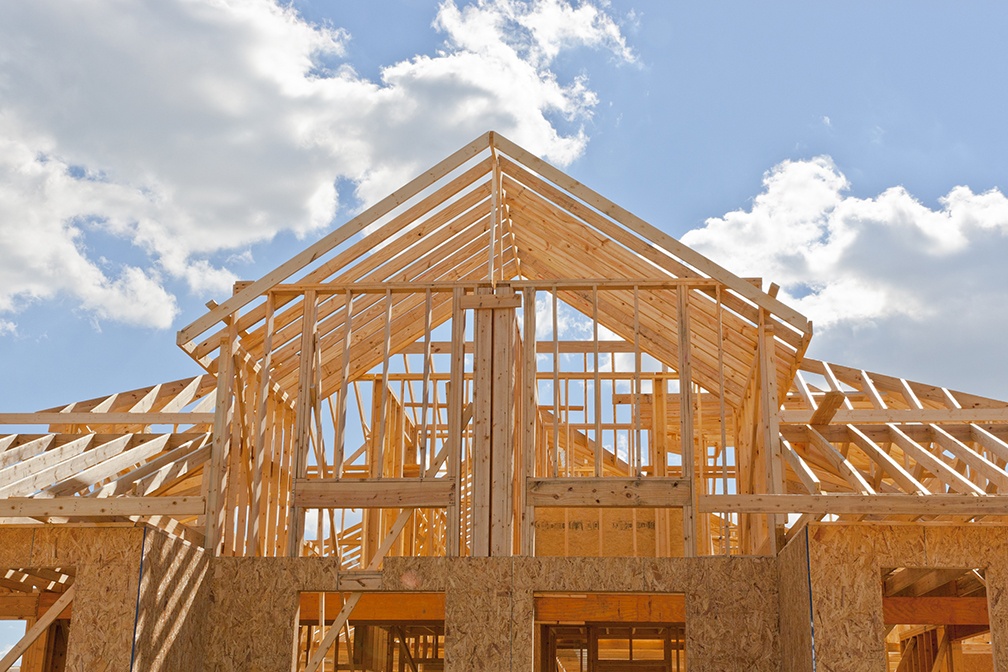 Last week’s economic reporting included readings on job openings, inflation, and consumer sentiment. Weekly readings on mortgage rates and jobless claims were also released.
Last week’s economic reporting included readings on job openings, inflation, and consumer sentiment. Weekly readings on mortgage rates and jobless claims were also released.
Job Openings Rise as Inflation Rate Falls
The Labor Department reported a record number of job openings for the fourth consecutive month in June. Job openings rose to 10.1 million available jobs from May’s reading of 9.5 million job openings. Analysts expected job openings to decrease to 9.1 million jobs in June.
Analysts said that previous headwinds to hiring including generous unemployment benefits and childcare issues may be easing. Workers took advantage of the rising demand for employees to negotiate higher wages and switch jobs for better offers.
The Consumer Price Index fell by 0.40 percent in July to 0.50 percent as compared to June’s reading of 0.90 percent. The pace of year-over-year inflation remained at 5.40 percent Core inflation, which excludes volatile food and fuel sectors, fell to 0.30 percent from 0.90 percent. July’s reading showed the impact of food and gas prices on inflation in recent months.
Mortgage Rates Rise, Jobless Claims and Consumer Sentiment Index Fall
Average mortgage rates rose last week as the rate for 30-year fixed-rate mortgages rose by 10 basis points to 2.87 percent. Rates for 15-year fixed-rate mortgages averaged 2.15 percent and were five basis points higher; rates for 5/1 adjustable rate mortgages averaged four basis points higher at 2.44 percent. Discount points averaged 0.70 percent for fixed-rate mortgages and 0.30 percent for 5/1 adjustable rate mortgages.
Initial jobless claims fell to 375,000 new claims filed as compared to the prior week’s reading of 387,000 first-time claims filed. Continuing jobless claims also fell; 2.87 million ongoing claims were filed last week as compared to the prior week’s reading of 2.98 million continuing jobless claims filed.
The University of Michigan reported its lowest reading for consumer sentiment since 2011. The preliminary reading for August fell to an index reading of 70.2 in August as compared to July’s reading of 81.2. Analysts expected an index reading of 81.3 for August, but rising covid 19 cases attributed to the highly contagious Delta form of the virus tanked consumer sentiment as mask requirements and social distancing guidelines re-emerged in some areas.
What’s Ahead
This week’s scheduled economic releases include readings from the National Association of Home Builders on housing markets, government readings on housing starts, and building permits issued. Retail sales will also be reported.
 Because the housing market is so competitive right now, many buyers are looking at alternative options. Instead of looking for a resale home, some buyers are considering a new home. What is the process of taking out a loan on a new construction home? There are several factors buyers should consider.
Because the housing market is so competitive right now, many buyers are looking at alternative options. Instead of looking for a resale home, some buyers are considering a new home. What is the process of taking out a loan on a new construction home? There are several factors buyers should consider. Once you’re done with debt and you’ve started to save, it’s commonly the case that you’ll start hearing about the risks and rewards of investing in stocks or real estate. Unfortunately, it can be difficult for many people to know what type of investment is going to work better for them down the road. If you’re currently considering what you should put your money into, here are some reasons you may want to turn to real estate.
Once you’re done with debt and you’ve started to save, it’s commonly the case that you’ll start hearing about the risks and rewards of investing in stocks or real estate. Unfortunately, it can be difficult for many people to know what type of investment is going to work better for them down the road. If you’re currently considering what you should put your money into, here are some reasons you may want to turn to real estate. There are many factors that buyers need to consider when they are evaluating a potential property. Sometimes, buyers run across properties that have to deal with something called a Homeowners’ Association, or HOA.
There are many factors that buyers need to consider when they are evaluating a potential property. Sometimes, buyers run across properties that have to deal with something called a Homeowners’ Association, or HOA. Property values are a moving target. They are important to buyers and sellers because everyone wants to get the best deal possible. Sellers want to get as much money for their investment while buyers do not want to overpay for a home. There are a lot of factors that play a role in property values including the economy, the number of people looking for homes, new home construction, schools, the job market, and more. How do real estate agents estimate the value of a home?
Property values are a moving target. They are important to buyers and sellers because everyone wants to get the best deal possible. Sellers want to get as much money for their investment while buyers do not want to overpay for a home. There are a lot of factors that play a role in property values including the economy, the number of people looking for homes, new home construction, schools, the job market, and more. How do real estate agents estimate the value of a home? Last week’s economic reporting included readings on construction spending, consumer sentiment, labor sector reports on public and private sector jobs, and national unemployment. Weekly readings for mortgage rates and jobless claims were also released.
Last week’s economic reporting included readings on construction spending, consumer sentiment, labor sector reports on public and private sector jobs, and national unemployment. Weekly readings for mortgage rates and jobless claims were also released.